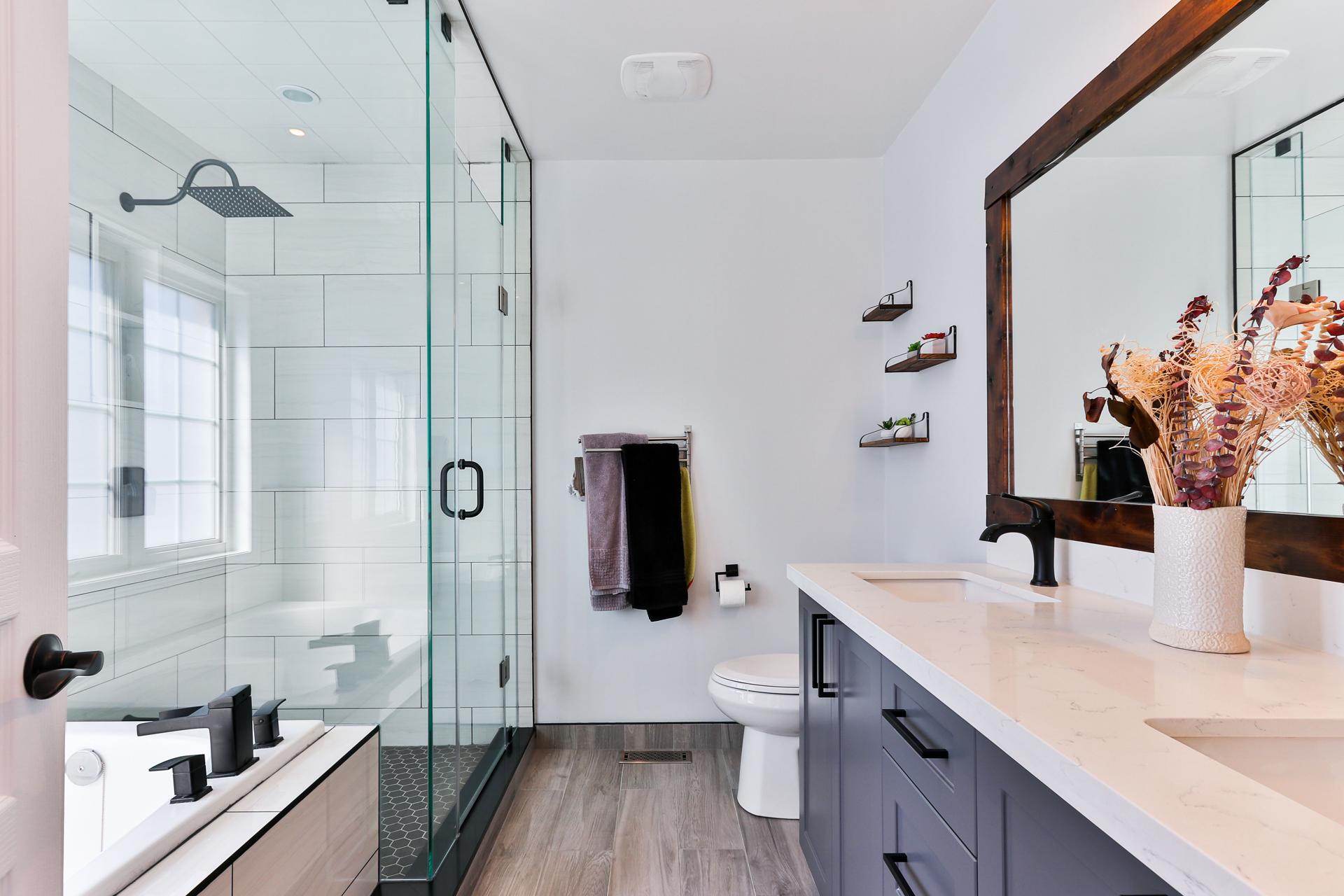Getting Started with Hot Water Plumbing: A Beginner's Guide

Plumbing for hot water is an integral element of our daily lives. We depend on hot water for many purposes, such as showering, cleaning dishes, and even doing laundry. In this post, we’ll give you a basic understanding of the plumbing of hot water.
The Basics of Hot Water Pipeline
The term "hot water plumbing" refers to the system that delivers hot water to various parts of a building. It differs from cold-water plumbing by heating water prior to it being distributed throughout the building. The primary elements of a hot water plumbing system include the pipes, water heaters, valves, and fixtures. The water heater is the primary component of a hot-water plumbing system. It warms water and stores it until it is required. The pipes carry warm water that is heated from the water heater to the fixtures, such as faucets and showers. Valves control the circulation of hot water while fixtures serve to distribute hot water to various parts within the structure.
Types of Hot Water Heaters
There are three kinds of hot water heaters available on the market: tankless, storage tank and heat pump water heaters. Tankless water heaters warm the water upon demand and don’t store hot water. Storage tank water heaters store hot water in tanks until they require. Water heaters with a heat pump use electrical energy to transport heat to ground or air to heat the water. Every kind of hot water heater has its pros and cons. Tankless water heaters use less energy and last longer however, they are more costly. Tank water heaters for storage are less expensive but have a shorter lifespan and are less energy-efficient. Heat pump water heaters are the most energy efficient, however they might not be appropriate for colder climates.
Hot Water Plumbing Maintenance
Regular maintenance is crucial for ensuring that your hot-water plumbing system is operating effectively and efficiently. Some tips for maintaining a hot water plumbing system includes checking for leaks and flushing the tank and replacing the anode rod. It is crucial to check for leaks to prevent water damage , and to make sure that the hot water plumbing system isn’t using up water. The process of flushing the tank eliminates the mineral and sediment buildup which could reduce the effectiveness in the performance of your water heater. The anode rod is constructed to prevent corrosion and should be replaced every few years.
Troubleshooting Hot Water Plumbing Issues
Common issues in hot water plumbing systems include lack of hot water or low pressure. If you notice a shortage in hot water pressure, this could be due to malfunctioning heating elements or a defective thermostat. Low water pressure can result from a blocked pipe or valve. If you encounter one of these problems it is recommended you consult a professional plumber to diagnose and repair the issue.
Conclusion
Understanding the way that hot water plumbing functions is crucial in ensuring that the hot water system is functioning effectively and efficiently. Routine maintenance as well as troubleshooting is important to avoid problems and prolong the lifespan of your hot water plumbing system.
The Hot Water Plumbing FAQ
How long does a hot water heater last?
The lifespan of hot water heaters varies on the model and type. On average, a tank water heater lasts between 8 and 12 years, while tankless water heaters can last for up to 20 years.
How do I know when the hot water heater in my home requires replacement?
Signs that your hot-water heater is in need of being replaced include rust or corrosion around the tank’s tank, leaks, strange noises, and a lack supply of hot water. If you experience any of these symptoms it is recommended you consult a professional plumber.
